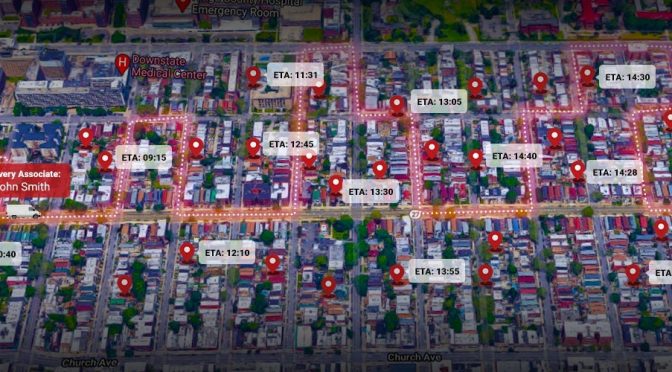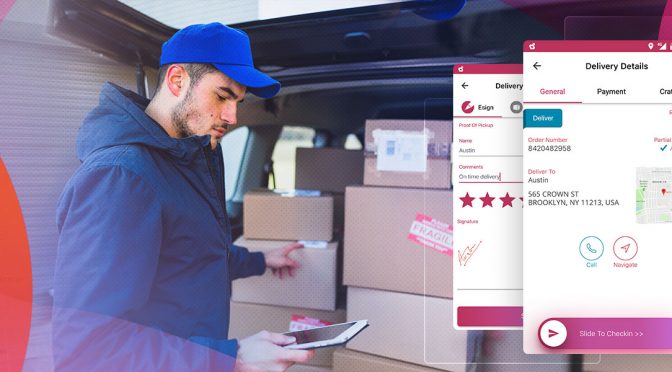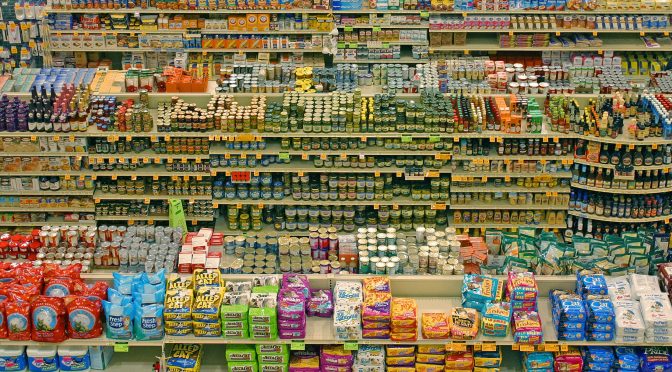
Route planning for a handful of drivers with a single digit number of stops can be done by solutions like Google Maps but the going gets complicated when you have more drivers or vehicles and stops above 50. Optimising route planning for stops above 10 also gets complicated just because of the number of variables involved. What’s the answer to this?

Static planning is a function of yesteryear. Wake up to new-age dynamic route planning for your field agent management. Most of Fortune 500 companies are maximizing the value of their active field agents using intelligent planning and optimization. It’s the most appropriate tool at the hand of managers to reduce costs and improve efficiency.

Enterprise mobility solutions are unlocking a new phase of benefits with respect to resource movement efficiency. With multiple industries and markets getting more and more focused on consumerism while finding new and better ways to satisfying the increasing global retail and e-commerce demand.

Case Study: How to Increase Sales Effectiveness by 25% in FMCG This is a story about effective field agent performance optimization and its resultant benefits. According to one of our major clients in the fast-moving consumer goods (FMCG) sector, field sales effectiveness was something that they wanted to increase as soon as possible. […]

Each image holds some memory space in the delivery person’s phone and it uses some amount of data as it is transferred through the Internet to the client’s dashboard or central processing point. To ensure proper authentication, the image must have high-definition and should be clear. Storing and transferring high-def images in quick time eats up battery and data from the phone.
A billion data points. One for every 8th person in the world. One for almost every vehicle in the world. Comprehensive location tracking data points encompassing more than three continents including North America, Asia, Northern Africa, and Southern Europe. It doesn’t get any bigger than this.

Fast Moving Consumer Goods companies across the world are building markets as they grow towards their ambitious targets. Some of these companies have high brand loyalty such as Johnson & Johnson, Nestlé, Mondelēz, P&G, Unilever, Pepsi, Coca-Cola, and even Philip Morris. Healthy distribution network is the most critical factor in guiding your products reach their intended users.

While your field agents move around, make sure their time is well utilized by topping up your field service management with real-time workforce tracking. This adds a layer of agility and responsiveness in your services. The manager can react in quick time in case of any delay or service disruption. The faster reaction time also gives the companies the ability to capture key market insights at the right time.

Many industry experts have stated that their field workforce management leaves them with a lot to desire for. As we know the first step to effective field service management is getting the right person for the work. Once you have that, things should be a cakewalk, but it often isn’t. Why does this happen? And what can you do avoid that?

To perfect field service automation and optimization, you must assess the knowledge base and abilities of your workforce and automate allocation of specific tasks requiring a particular set of skills to the field service professional possessing the same set. This would bring down the probability of dissatisfaction for your customer by dispatching the perfect field agent suited for the customer’s problem.

